Providing a seamless and adaptable payment experience is paramount to meeting customer expectations. Whether online or in-store, offering a diverse array of payment methods, from credit cards to digital wallets, is essential for catering to the preferences of modern consumers. This comprehensive guide to integrating payment options will equip businesses with the knowledge and strategies needed to enhance sales and customer satisfaction.
Table of Contents
Benefits of Offering Multiple Payment Options
The advantages of offering multiple payment options to customers are manifold:
- Increased sales: Providing a variety of payment methods simplifies the purchasing process, ultimately leading to higher sales volumes. Popular options like credit cards and PayPal are particularly effective in driving conversions.
- Enhanced customer satisfaction: Offering flexibility in payment methods caters to diverse preferences, resulting in heightened satisfaction among customers. When shoppers can pay using their preferred method, they are more likely to have a positive shopping experience.
- Reduced cart abandonment: A common deterrent to completing purchases is the absence of preferred payment options. By diversifying payment methods, businesses can mitigate cart abandonment and bolster their conversion rates.

Selecting the Appropriate Payment Methods for Your Business
Several factors should inform the selection of payment options tailored to the unique needs of each business:
- Nature of the business: The nature of your business, whether online or brick-and-mortar, dictates the range of payment options required. Online retailers typically need a broader spectrum of payment methods compared to traditional stores.
- Understanding the target audience: Demographic insights into your target audience are instrumental in determining their preferred payment methods. Tailor your payment options to align with the preferences of your customer base, considering factors like age, tech-savviness, and spending habits.
- Budget considerations: Different payment methods incur varying processing fees. Factor in these costs when selecting payment options to ensure they align with your budgetary constraints.

Integrating Payment Options into Your Business
Integration of payment options hinges on the deployment of a suitable payment gateway, which acts as the conduit for processing transactions securely:
- Choose a payment gateway that meets your business needs, considering factors like cost, features, and security.
- Ensure seamless integration of chosen payment methods into your website or point-of-sale system.
- Prioritize security by opting for a payment gateway with robust encryption protocols and a track record of compliance with industry standards.

Conclusion
In today’s competitive landscape, offering multiple payment options is indispensable for businesses striving to meet evolving consumer expectations. By carefully selecting and integrating payment methods tailored to their audience and budget, businesses can elevate sales, foster customer satisfaction, and reduce cart abandonment rates.
Frequently Asked Questions
We’ve compiled a list of answers to common questions.
Why is it important for businesses to offer multiple payment options?
Providing multiple payment options enhances the overall customer experience, leading to increased sales, improved satisfaction, and reduced cart abandonment rates, all vital for thriving in today’s digital landscape.
How does offering a variety of payment options contribute to increased sales?
By accommodating diverse customer preferences, offering multiple payment options simplifies the purchasing process, making it more convenient for customers to complete transactions and thus boosting sales.
What role does customer satisfaction play in the choice of payment options?
Customer satisfaction is closely tied to the availability of preferred payment methods. By offering a range of options aligned with customer preferences, businesses can enhance satisfaction levels and foster long-term loyalty.
How can businesses determine the right payment options for their specific needs?
Understanding the nature of the business, analyzing the target audience, and considering budget constraints are pivotal in determining the optimal mix of payment options tailored to the unique needs and preferences of the business.
What is the role of a payment gateway in integrating payment options into a business?
A payment gateway serves as the intermediary facilitating secure transactions between customers and businesses. It enables seamless integration of chosen payment methods into the business infrastructure while ensuring robust security measures are in place.
How do businesses evaluate the security of a payment gateway before integration?
Businesses should assess the security credentials of a payment gateway, ensuring it adheres to industry standards and boasts a strong track record in safeguarding customer payment information.
What considerations are important when comparing different payment gateways?
When evaluating payment gateways, businesses should consider factors such as cost, features, security measures, and compatibility with their existing systems. Selecting a payment gateway that aligns with business objectives and customer needs is essential for successful integration.
Can businesses start accepting payments immediately after integrating payment options?
Yes, businesses can commence accepting payments promptly upon integrating their chosen payment options through a payment gateway. Seamless integration facilitates a smooth transaction experience, benefiting both businesses and customers alike.



